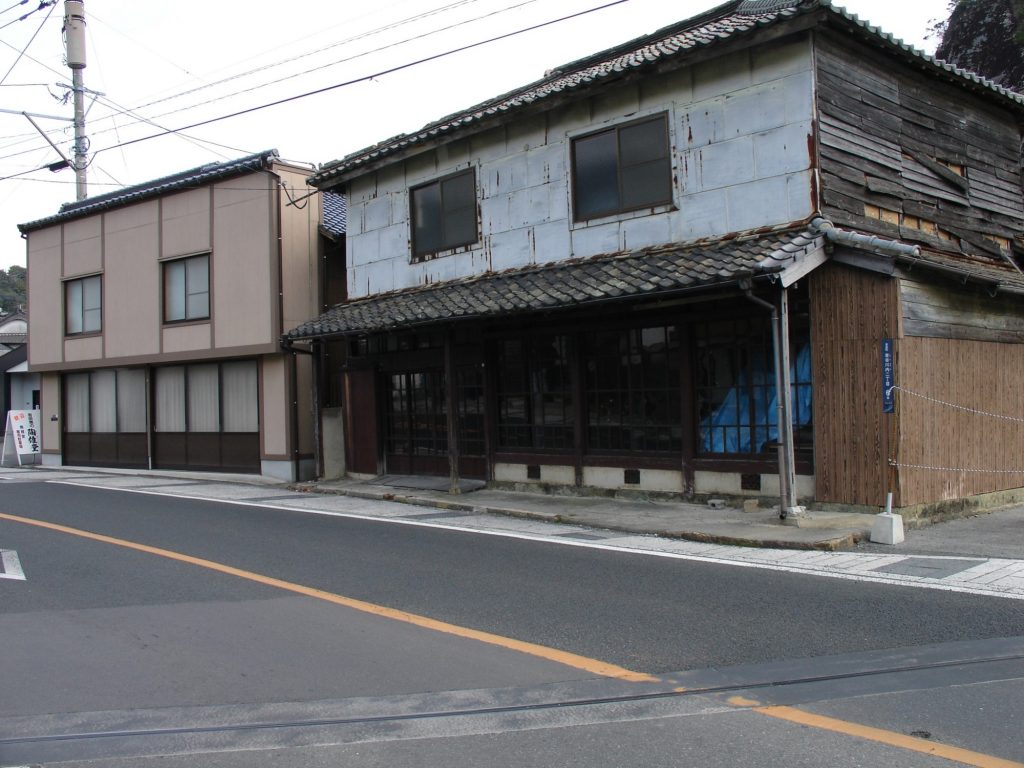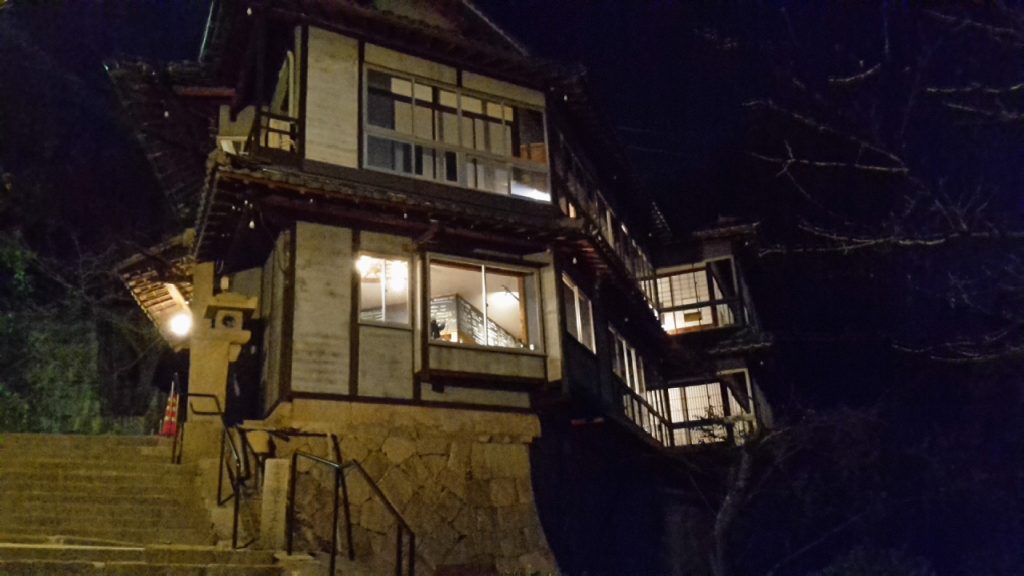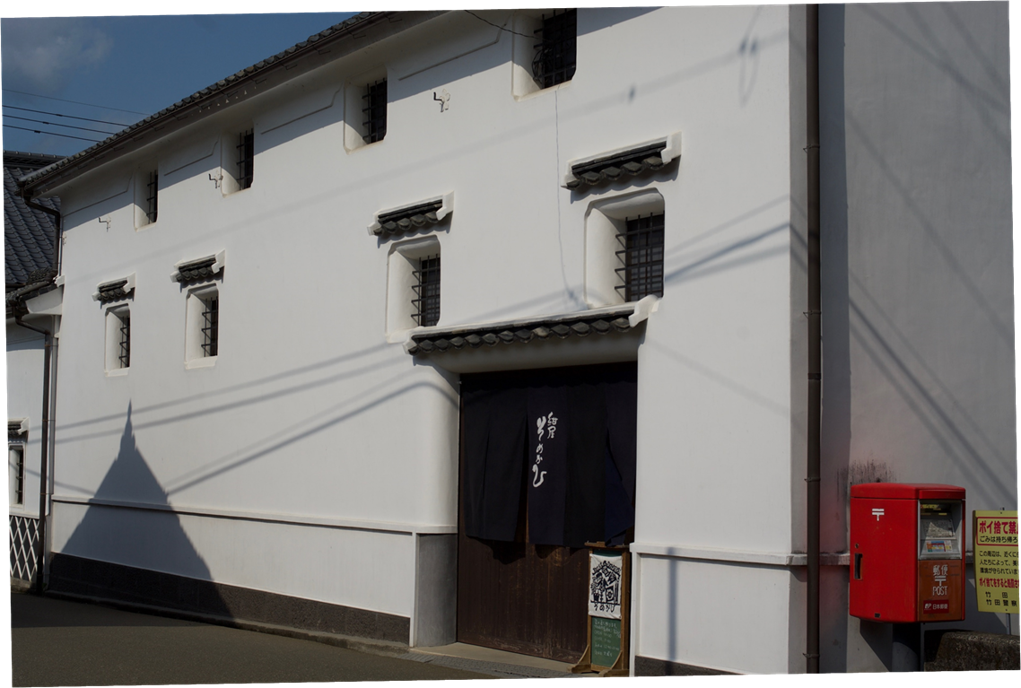by Maritchu Durand
For a few years now and increasingly since the start of the Covid-19 pandemic, urbanites’ interest in moving to the countryside and renovating vacant houses has been growing in Japan. Prefectures attempt to attract younger people who seek a place to live outside the metropoles while keeping a close connection to urban spaces. But for more remote prefectures with high numbers of abandoned houses, it is hard to compete with prefectures that are much closer to urban centers like Tokyo or Osaka. Isseki nichō – to kill two birds with one stone –is what towns and prefectures in remote areas try to do when promoting the reuse of akiya, the vacant houses of rural Japan, to attract young migrants. Oita prefecture, for example, organizes workshops on different aspects of DIY (Do It Yourself) renovation of akiya and features stories about recently renovated houses and their inhabitants in short videos on its migration and relocation website.

Copyright © Cornelia Reiher 2006
Each story is centered around an interview with people who renovated a house and introduces the renovation works they accomplished themselves in their new homes. Each of the renovation projects represents a different ‘level’ of experience: beginner, intermediate and expert. The video about the ‘beginner level’ introduces a young couple who moved from southern Kyushu to a small mountainous community where they renovated a more than 100-year-old house from floor to ceiling. They threw down walls to create a wide and open central space and furnished it with antiques. While the young man declares that with an akiya, one starts with a disadvantage, it becomes a precious advantage in many aspects later on. It gives them the freedom to design it the way they want. In addition, it becomes a unique way to connect with the local population by asking them for advice on renovation. The migrants also discover skills they did not know they had prior the start of this adventure. In the future, the young couple wants to turn their new home into a guesthouse.

Copyright © Maritchu Durand 2018
The lively and energetic family featured in the second video represents the ‘intermediate level’ of renovation and shares a similar experience of connecting with locals through their renovation experience. The couple moved from Tokyo and renovated a 50-year-old house in a traditional shopping street. The more they asked locals for advice, the more they discovered how much the community was willing to help them fulfill their dream to open a share-house with a multi-use room on the ground floor they rent out for events and pop-up stores. In addition, they could rely on a broad network of friends and connections, both nationwide and international, that came to help with the renovation. The couple could therefore manage to take care of their three children while conducting all the renovation work themselves.
The video on the ‘expert level’ tells a renovation story of a U-turner who transformed an old house into an Italian restaurant. It unravels a successful mixture of boldness, determination, and community ties. Within forty days, the 30-year-old man managed to completely renovate and modernize a 70-year-old building into a modern restaurant. He realized that once he started making things himself that he will also be able to renovate again and maintain the house in the long run, thereby making the restaurant sustainable and economically viable.

Copyright © Cornelia Reiher 2019
All interviewees talk about an innovative and “DIY” spirit that is growing in Oita. According to them, more and more people decide to take matters into their own hands and, with the help of the local community and their friends and acquaintances from all over Japan, they manage to realize their own renovation projects. Their renovation experiences include stories of entrepreneurship, strong community ties, self-realization and perseverance to realize one’s own dream.
In addition to the videos, Oita prefectures also offers workshops about DIY renovation. The workshops target especially young women and their families who wish to move to Oita and renovate a house. As experienced senpai, the people who appear in the videos, also participate in the workshops and talk about all the possibilities renovation projects offer to potential migrants. The workshops offer a comprehensive overview of what a DIY renovation implies from finding a house to living a fun life while renovating an akiya. Offering workshops on renovation featuring true life stories while creating a network of young innovators and an active community surrounding the reuse and repurposing of older houses might be an advantage for more remote areas like Oita. It remains to be seen if these events will motivate more young people to move to Kyushu and transform a vacant house into their dream home.
